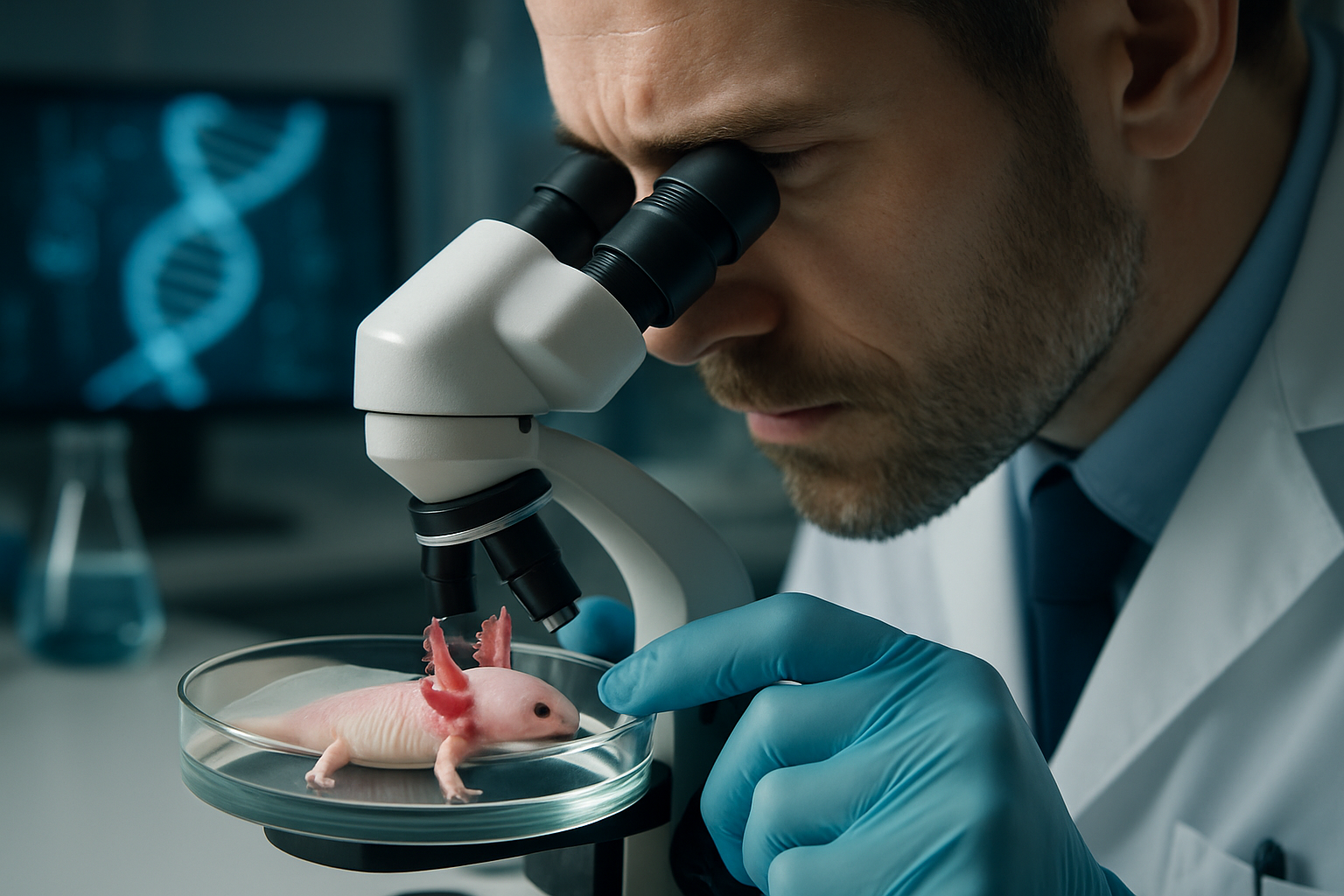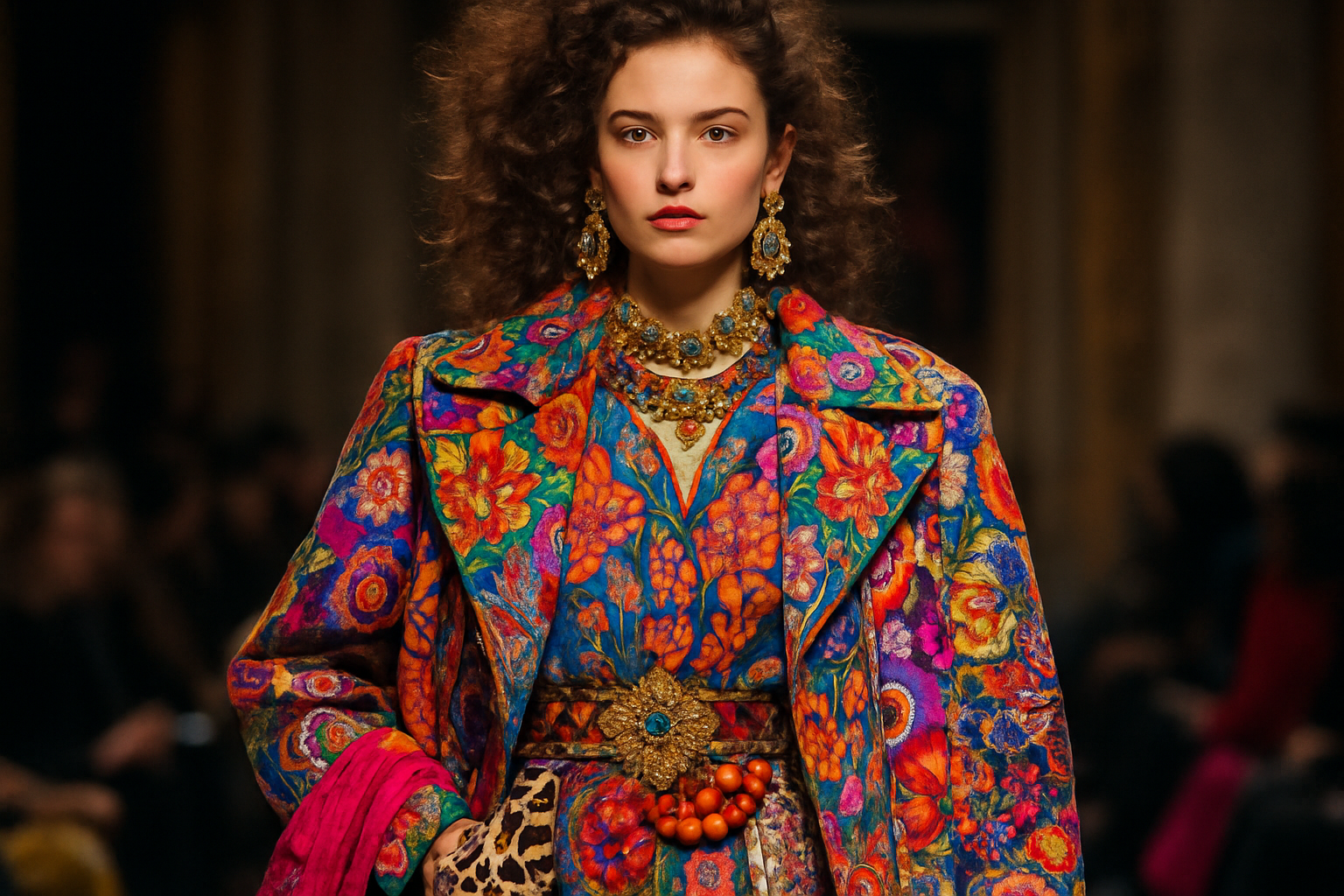The Enigmatic World of Bioart: Where Science Meets Creativity
In a world where boundaries between disciplines blur, bioart emerges as a provocative and compelling fusion of science and creativity. This cutting-edge art form challenges our perceptions of life, ethics, and the very nature of artistic expression. As artists wield petri dishes and DNA strands as their new paintbrushes, bioart invites us to explore the profound implications of humanity's growing ability to manipulate living matter.

Living Canvases: The Medium is the Message
Unlike traditional art forms, bioart often utilizes living tissues, bacteria, and even genetically modified organisms as its primary medium. Artists like Eduardo Kac have pushed the boundaries of ethical and artistic discourse with works such as Alba, a genetically engineered rabbit that glows green under specific light conditions. These living canvases challenge our understanding of art’s permanence and raise questions about the manipulation of life for aesthetic purposes.
The Ethical Tightrope: Controversy and Debate
As bioart gains prominence, it inevitably sparks heated debates within both artistic and scientific communities. Critics argue that manipulating living organisms for art trivializes the sanctity of life and raises serious ethical concerns. Proponents, however, contend that bioart serves as a crucial platform for public engagement with biotechnology, fostering important discussions about the future of human-nature interactions in an increasingly technologically mediated world.
Beyond the Gallery: Bioart’s Impact on Society
The influence of bioart extends far beyond the confines of galleries and museums. By bringing complex scientific concepts into the public sphere, bioartists play a vital role in democratizing scientific knowledge. Projects like Heather Dewey-Hagborg’s Stranger Visions, which creates 3D-printed portraits from DNA samples collected in public spaces, force us to confront the implications of emerging biotechnologies on privacy and surveillance.
The Future of Creation: Bioart in the 21st Century
As we stand on the cusp of unprecedented biotechnological advancements, bioart’s relevance only continues to grow. Emerging artists are exploring themes such as synthetic biology, CRISPR gene editing, and bioengineering, pushing the boundaries of what’s possible at the intersection of art and science. This evolving field not only challenges our perceptions of creativity but also serves as a critical lens through which we can examine the ethical, social, and philosophical implications of our rapidly changing relationship with the living world.
Collaborative Frontiers: Artists and Scientists Unite
One of the most exciting aspects of bioart is the unprecedented collaboration between artists and scientists. Laboratories are becoming the new artist studios, with bioartists working alongside researchers to explore the creative potential of cutting-edge biotechnologies. This symbiotic relationship not only produces groundbreaking artwork but also often leads to innovative scientific discoveries, as artists bring fresh perspectives and creative problem-solving to complex biological challenges.
The Aesthetics of Life: Redefining Beauty in Bioart
Bioart challenges traditional notions of aesthetics by presenting living, often microscopic, organisms as objects of beauty and contemplation. Artists like Suzanne Anker create stunning visual works using bacterial cultures, cellular imaging techniques, and 3D-printed sculptures based on biological forms. This redefinition of beauty in art forces viewers to reconsider their relationship with the microscopic world and the aesthetic value of life at all scales.
Educational Potential: Bioart as a Teaching Tool
The interdisciplinary nature of bioart makes it an invaluable educational tool, bridging the gap between arts and sciences in academic curricula. Many universities now offer courses and programs that combine art and biology, preparing students for a future where creativity and scientific literacy are equally crucial. Bioart exhibitions and workshops in schools and public spaces also serve to inspire the next generation of artists and scientists, fostering a culture of curiosity and innovation.
Global Perspectives: Bioart Around the World
While bioart originated primarily in Western countries, it has rapidly become a global phenomenon, with artists from diverse cultural backgrounds contributing unique perspectives. In countries like Japan, where biotechnology is at the forefront of industry, bioartists are exploring the intersection of traditional aesthetics with cutting-edge science. Meanwhile, artists in developing nations are using bioart to address local environmental and social issues, demonstrating the versatility and relevance of this art form across different cultural contexts.
The Legacy and Future of Bioart
As bioart continues to evolve, it leaves an indelible mark on both the art world and scientific community. By challenging our preconceptions about life, creativity, and the role of technology in society, bioartists are shaping the discourse around some of the most pressing issues of our time. As we look to the future, the potential for bioart to inspire, provoke, and illuminate grows ever more significant, promising a new era of artistic expression that is as alive and dynamic as the medium itself.





